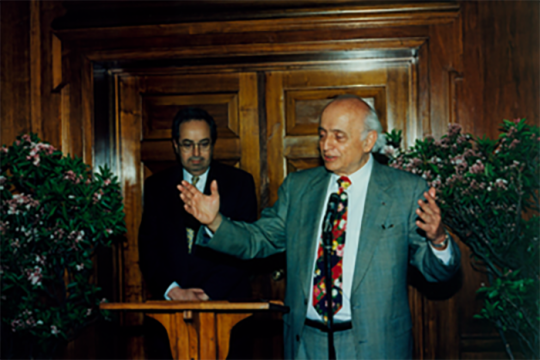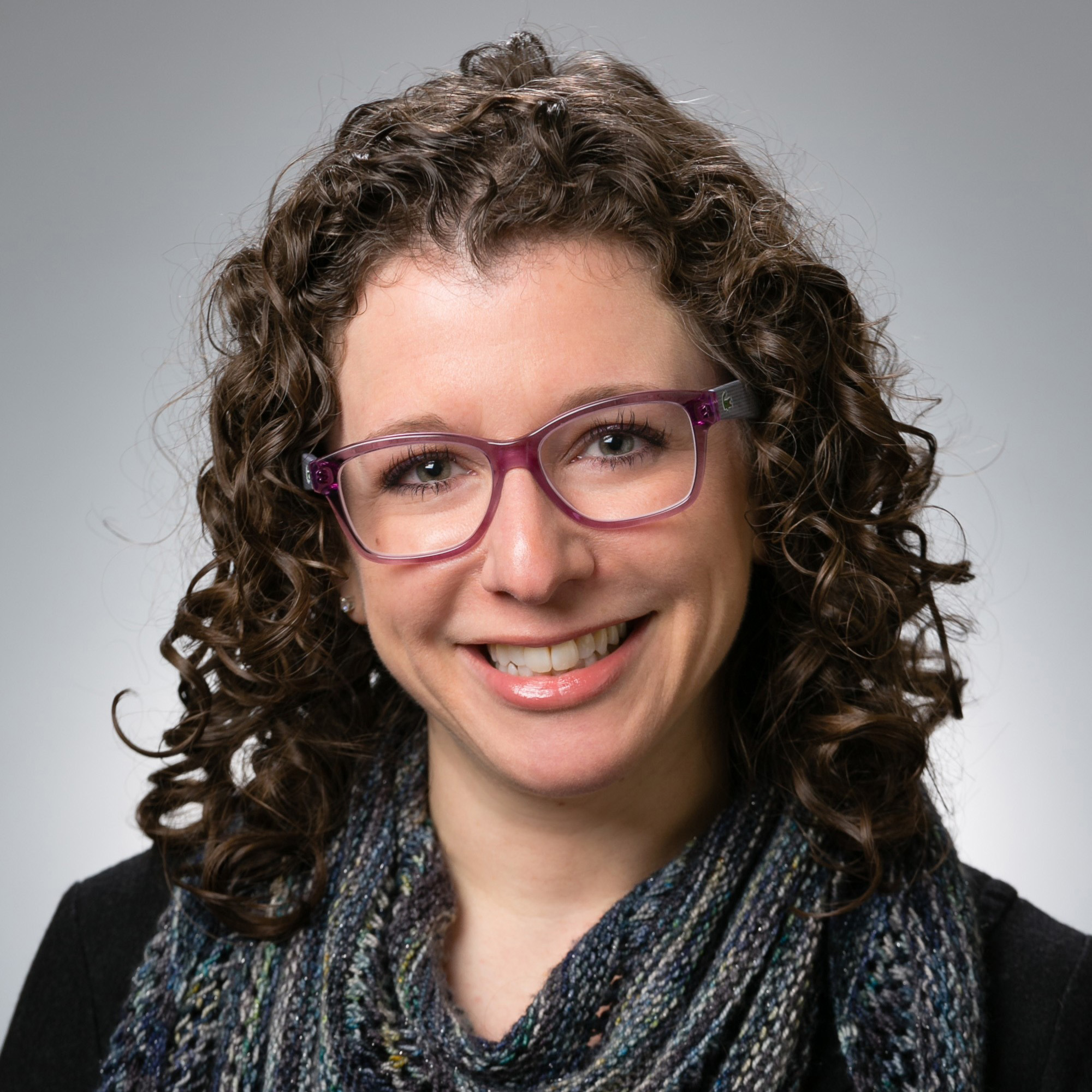The International Holocaust Remembrance Alliance (IHRA) uses the following working definition of antisemitism: "a certain perception of Jews, which may be expressed as hatred toward Jews. Rhetorical and physical manifestations of antisemitism are directed toward Jewish or non-Jewish individuals and/or their property, toward Jewish community institutions, and religious facilities." Parallel to all systems of oppression, antisemitism manifests as dehumanization, exploitation, discrimination, or violence against Jewish people based on stereotypes and disinformation.
Central to antisemitism is the myth that Jews are to blame for society's problems. Historical and contemporary depictions cast Jews as untrustworthy, disloyal, alien, and greedy. Throughout history, the scapegoating of Jews and the dissemination of these stereotypes and myths have been used to create collective instability and insecurity in Jewish communities. Unlike other forms of prejudice and oppression, antisemitism promotes Jews as powerful while blaming them during times of social, political, or economic anxiety. This idea illustrates that, as a group, Jews are most at risk precisely when many appear to be successful and prosperous.
Like all systems of oppression, antisemitism is more than the sum of interpersonal prejudice or isolated violent incidents. It shares certain characteristics with other forms of oppression, such as discrimination and stereotyping. Antisemitism is an amalgamation of formal and informal policies and the misguided beliefs used to justify the persecution of Jewish people throughout history. In recent history, American Jews have faced educational quotas, discrimination in the professional sphere, restriction from residential and recreational communities, and continued acts of outright physical violence.
Since the attacks on October 7, antisemitism has increased exponentially throughout the world. On North American college campuses, students are facing antisemitism at an alarming rate. Here are five tips designed to help you keep your community secure and support your families during this unprecedented time.
- For ideas on deciphering what is and isn't antisemitism and to learn about responding to antisemitic incidents, read this blog by Rabbi Toby Manewith. This was written specifically with high school and college-age students in mind. You can also access a Facing History and Ourselves presentation on Confronting Hate - when Anti-Zionism and antisemitism overlap here.
- It may feel like antisemitism is taking over our social media feeds. Rabbi Josh Weinberg reminds us to not engage with antisemitism online from people we don't know and shares more helpful advice in this blog post.
- It can be hard and painful to talk with children about the world around us. However, we are reminded by Lucy Rimalower, LMFT that we can "set it up or clean it up." In other words, we have the opportunity to provide children with a framework of understanding - or we can wait until they encounter something, internalize it, and hope that they approach us with questions or concerns. Dr. Sivan Zakai, an expert in Israel education and children of all ages, wrote an article in 2017 about how to talk to children about white supremacy. The advice in this article continues to be relevant and important, as antisemitism and white supremacy are different sides of the same coin.
- Read more about keeping your congregation secure - Larry Glickman, FTA, reminds us of five steps to keep our communities secure, including reassessing protocols, connecting with local authorities, and getting connected with the Secure Community Network.
- The URJ and ADL produced a comprehensive guide on antisemitism and how to respond to it, which you can read here. You can report an antisemitic incident here.
Related Posts

Anyone saying Jews face a simple choice in the NYC mayoral election is not paying attention

Marking this Moment: Resources for the Release of the Hostages

